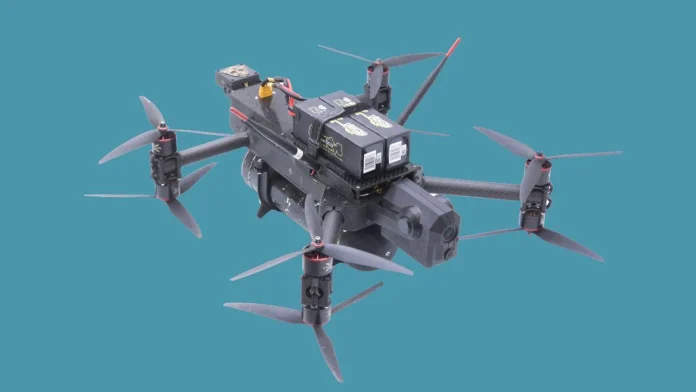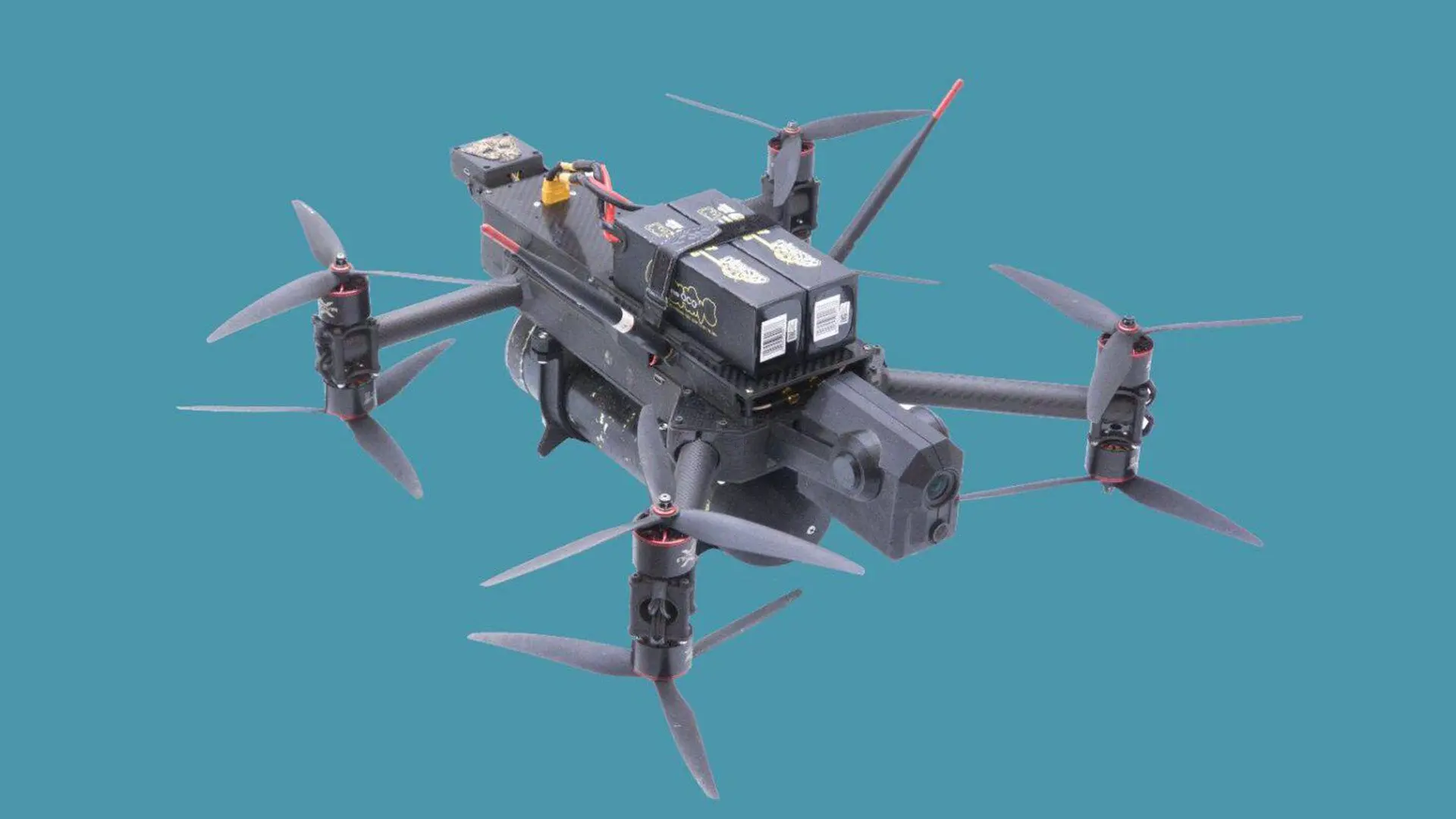
As night began to descend on Crimea, a Ukrainian drone’s infrared camera caught a moment that would resonate through the military world: a precision attack on a Russian airbase, taking out air defences and knocking out a valued fighter jet. The mission, carried out by operatives of Ukraine’s Defence Intelligence service, was about more than tactical victory its worth was in the exhibition of technology, one which unveiled the new face of war.
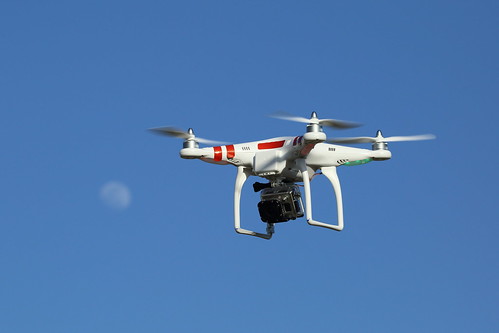
The Saky airbase attack, one of a cluster around it, showcased the capabilities of Ukraine’s native UJ-26 Bober drone. The photographs of the strike, subsequently posted online, were atypical in providing a glimpse of how unmanned systems are reshaping the nature of warfare, striking high-value targets deep behind enemy lines. Here are the top points of the most fascinating parts of this operation and drone technology at play, providing defence analysts and military tech enthusiasts a better glimpse into the future of asymmetric warfare.
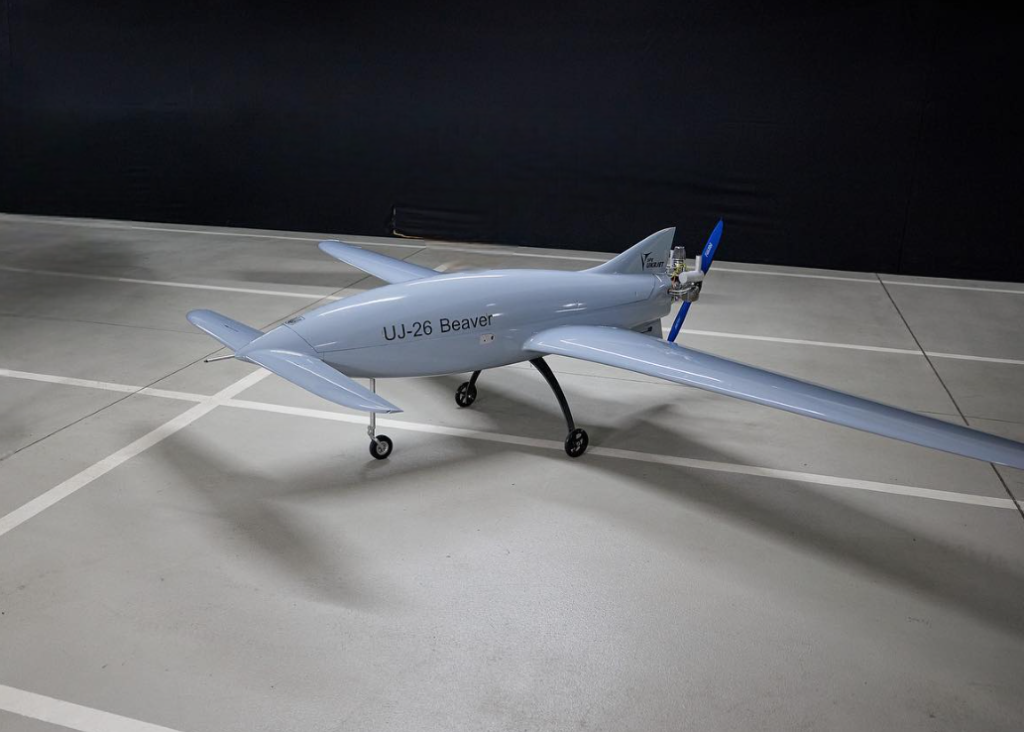
1. UJ-26 Bober: Ukraine’s First Long-Range Strike Drone
The UJ-26 Bober, or ‘Beaver,’ is Ukraine’s first-ever long-range combat drone capable of flying up to 800 kilometres (approximately 500 miles). This operating envelope enables deep inside occupied territory strikes, far beyond the capabilities of manned aircraft or conventional artillery. Its shorter front wings and rear-mounted engine design provide it with a traditional silhouette, often described as ‘duck-like.’ For Kyiv Post, the Bober was notorious following its use in a 2023 strike on the central section of Moscow, its strategic importance being emphasized.
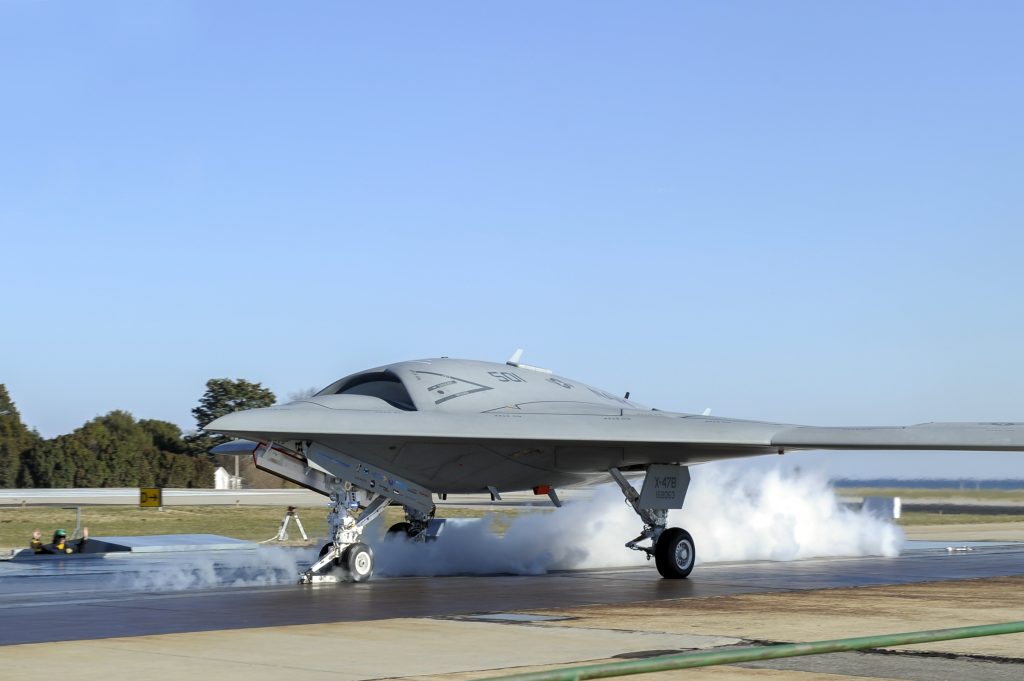
2. Catapult Launch System: A Game-Changer for Drone Operations
One of the notable improvements over Bober’s operational profile is its catapult launching system. In the past, these UAVs needed prepared airstrips for landing and had landing gear below the plane while flying, slowing speed and aerodynamic performance. The new catapult launching system, Defence Blog says, removes landing gear, offering performance and survivability to the mission. This means that instantaneous deployment is possible from hidden locations, minimizing exposure to pre-emptive attacks.
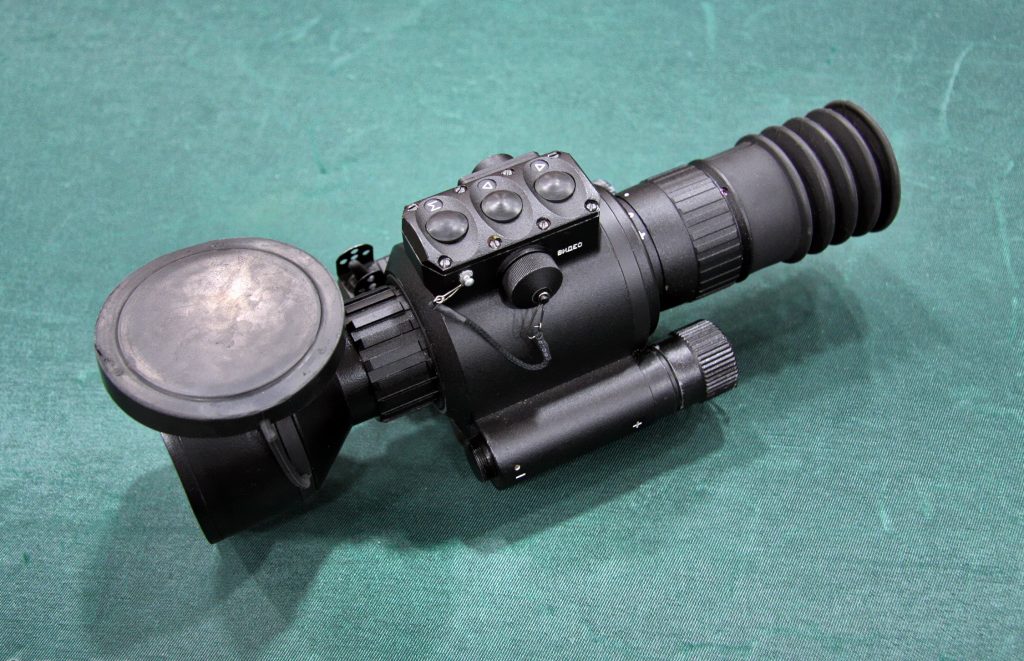
3. Thermal Imaging and Night Vision: Accuracy in Darkness
Fitted with high-end thermal imaging cameras, the Bober drones are able to work efficiently in night conditions, transmitting real-time, first-person-view images to the operators. The ability was vital in the Saky airfield strike, with Ukrainian troops utilizing it to identify and strike targets at night. Defence UA reports that not only did the photos from these cameras record the damage but also attested to the success of Ukrainian nighttime activities.
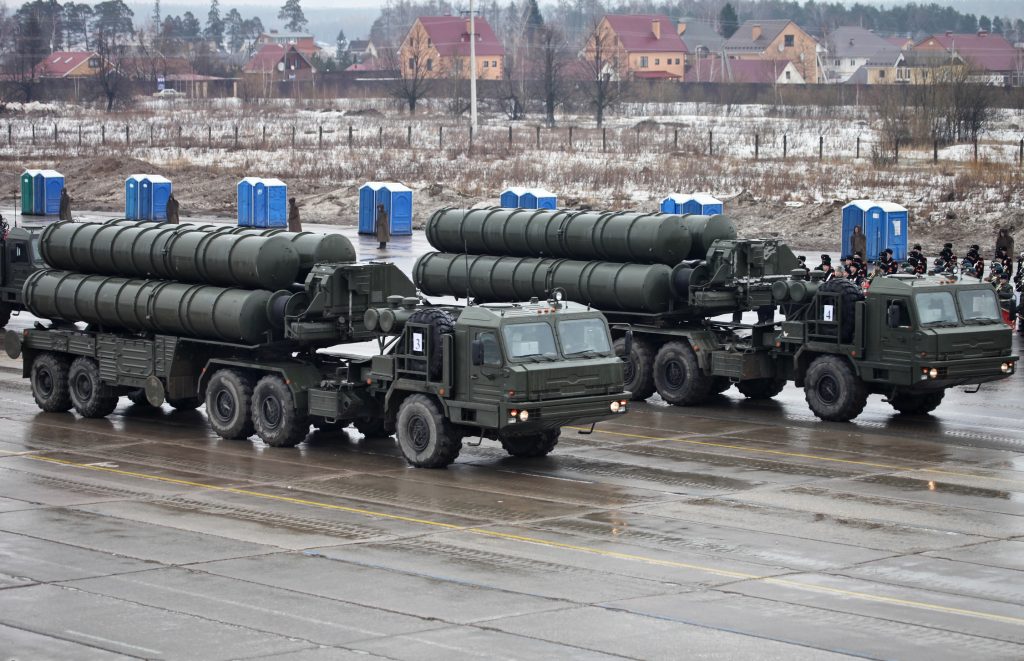
4. High-Value Targets: Air Defence and Radar Systems Disrupted
The attack on the Saky airfield destroyed some notable Russian military targets or put them out of order. They include the reported destruction of the Pantsir-S1 short-range air defence system, the Niobiy-SV radar (essential for air surveillance and for detecting ballistic missiles), the Pechora-3 coastal radar station, and the Protivnik-GE long-range radar. Both systems are a major financial and operational setback for Russia, taking their capability to detect and intercept air threats for the moment off the table. Defence Blog also reported that the strike had killed the operational crew of the Pantsir-S1, adding additional damage.
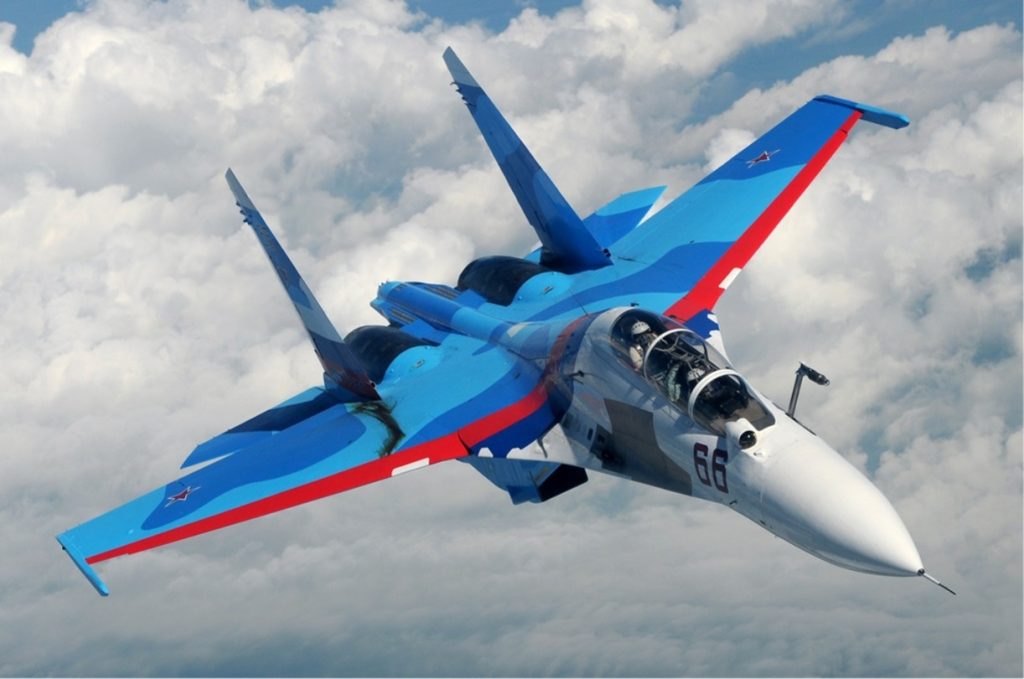
5. Destroying the Su-30: Undermining Russian Air Superiority
The most symbolic attack, perhaps, was on a Russian Navy Su-30 fighter based at the airbase. The Su-30 is a workhorse of Russia’s tactical air force and pillar of regional air superiority. Its loss, as reported by several sources including Defence UA, not only diminishes Russia’s immediate operational capability but also demonstrates the susceptibility of high-value targets to precision UAV strikes.
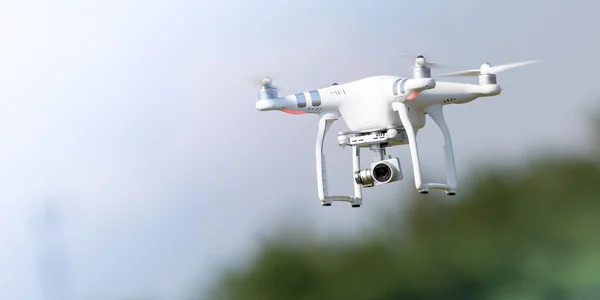
6. Cost-Effective Asymmetric Warfare
The effect of the Bober drone is magnified by its low cost. Open sources suggest that each UJ-26 costs about Hr. 4 million (about $95,000), a small amount compared to what it would cost to destroy systems like theirs. These drones are ‘turning the enemy’s key military infrastructure into junk,’ according to Kyiv Post. Their low cost can allow Ukraine to fire them in huge quantities, tilting the war towards the attacker in an attrition war.
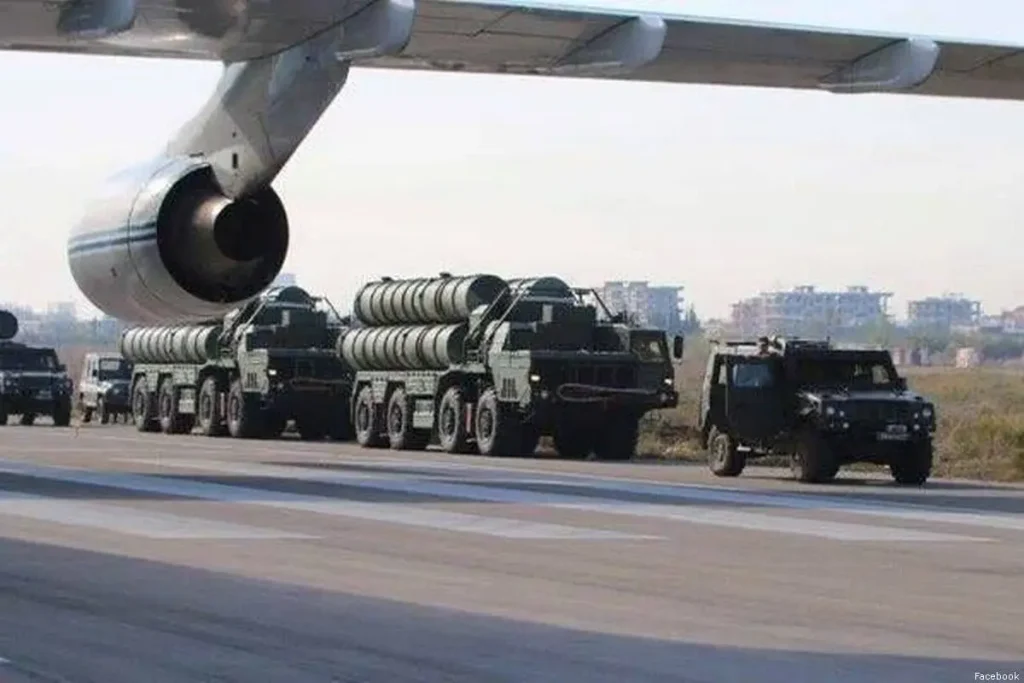
7. Penetration and Evasion: Bypassing Russian Defenses
The most dramatic portion of the video released was that the Bober drone penetrated Russian air defenses on its way to its targets. Even the Pantsir-S1 system, specifically tailored to counter low-flying targets, could not keep up with the low radar cross section and the quick maneuverability of the drone, which enabled it to penetrate laddered defenses. Defence UA marked this as a sign of the manner in which increasingly more UAS was imperiling even the most sophisticated air defense systems.
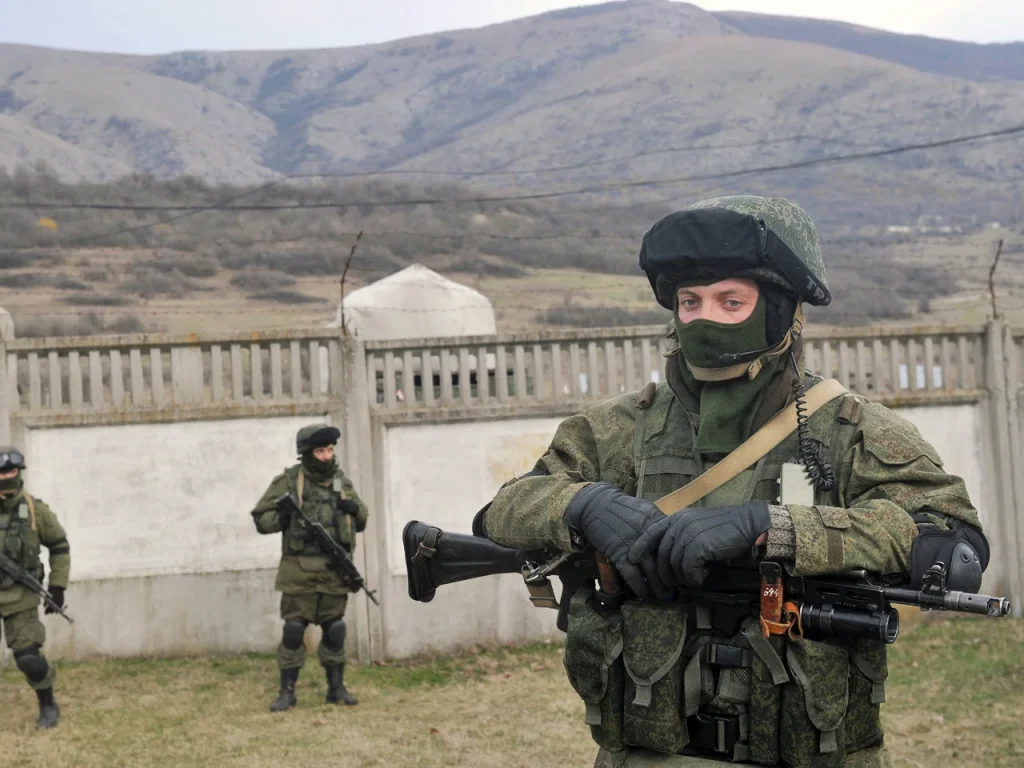
8. Strategic Implications: Rebalancing the Argument in Crimea
The destruction of Saky radar and air defenses has strategic implications for Russian activities across southern Ukraine and the Black Sea. With reduced early warning and intercept abilities, Russian forces become more vulnerable to future activities. As Ukraine’s Defense Intelligence explained to The Kyiv Independent, ‘These trusted weapons in the hands of [Defense Intelligence of Ukraine] spetsnaz are turning vitally important Russian targets into scrap.’
The Saky airfield strike is a real-life demonstration of how the contemporary battlefield is being reshaped by unmanned systems. Because of the UJ-26 Bober, Ukraine has been able to demonstrate with success that low-cost, precision-strike drones can indeed destroy advanced defenses and prized assets deep inside enemy lines. For defense professionals and military technology enthusiasts, this mission offers a glimpse into what warfare in the future will look like where innovation, adaptability, and asymmetrical thinking increasingly define victory.
